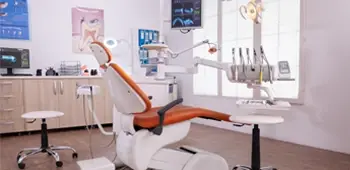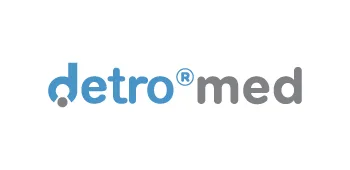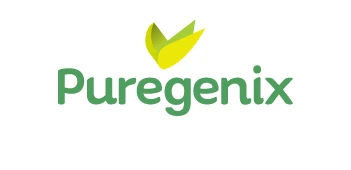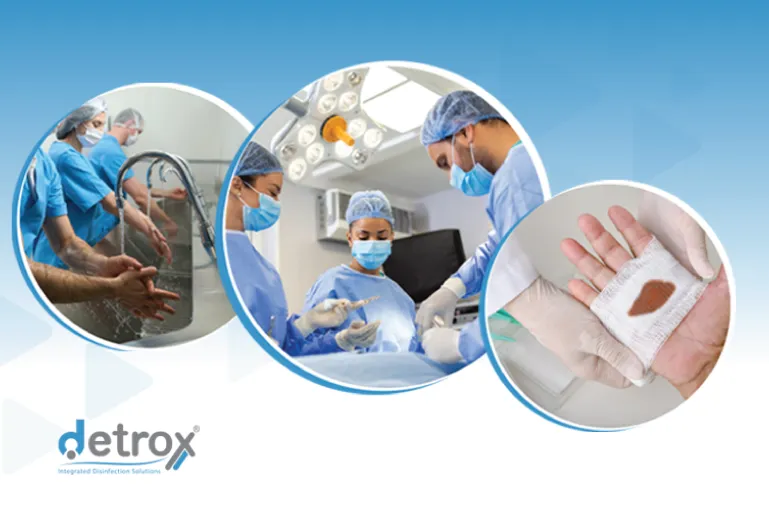Povidone Iodine (Batikon) Antiseptic Solution: Uses and Guidelines
Povidone iodine (Batikon) antiseptic solution is used in various hygienic and surgical hand disinfection, preoperative surgical site preparation, skin and wound perimeter disinfection, and antiseptic cleansing. In this article, we will discuss what Povidone iodine antiseptic solution is, what it is used for, in which situations it is used, how to apply it, and other important usage instructions.
What is Povidone Iodine (Batikon) Antiseptic Solution?
Povidone iodine, commonly known as Batikon, is an antiseptic solution that contains Povidone Iodine. Povidone iodine kills microorganisms by damaging their cell structures and enzyme systems. It has a broad spectrum of activity.
Thanks to its effect, the solution is designed to be used in hand disinfection, preoperative surgical site disinfection, antiseptic washing, and skin and wound disinfection. It is an essential product used before surgical procedures.
What Does Povidone Iodine (Batikon) Do?
The main function of Povidone iodine antiseptic solution is to inhibit the growth of microorganisms and provide their antiseptic effect. Therefore, it is effectively used in the following areas:
- Skin Disinfection: Povidone iodine antiseptic solution is commonly used for the preparation of the skin before surgical operations or the disinfection of skin areas at risk of infection. It has a significant effect on skin pathogens.
- Injection and Blood Sample Collection: In cases where blood samples need to be taken, Povidone iodine antiseptic solution is used to antiseptically clean the skin surface. This reduces the risk of infection and makes the blood sampling process safer.
- Wound Cleansing: Povidone iodine antiseptic solution can be used in concentrated form for skin and wound disinfection. This reduces the number of microorganisms on the wound surface and prevents contamination.
- Catheter Dressing: Povidone iodine antiseptic solution helps prevent catheter colonization in intensive care unit patients.
In Which Situations Is Povidone Iodine (Batikon) Used?
Povidone iodine antiseptic solution is an effective disinfectant used in various situations. Here are the common scenarios where the solution is frequently used:
- Surgical Operations: It is used for the disinfection of the surgical area before surgical procedures. This helps reduce the risk of infection and contributes to preventing postoperative complications.
- Hygienic and Surgical Hand Disinfection: It is applied to the application area with the recommended method, application dose, and contact time, particularly before surgeries.
- Injection and Blood Sample Collection: In cases where a blood sample needs to be taken, Povidone iodine antiseptic solution is used to clean the skin surface in an antiseptic manner. This reduces the risk of infection and facilitates obtaining a clean blood sample.
- Wound Care (Skin and Wound Area Disinfection): Povidone iodine antiseptic solution is used for the cleaning and dressing of superficial wounds or cuts. It helps neutralize microorganisms on the wound surface and reduces the risk of infection.
In Which Types of Wounds is Povidone Iodine (Betadine) Used?
Povidone iodine antiseptic solution is commonly used for the following types of wounds:
- Superficial Cuts: It is effective for wound cleaning and disinfection in small superficial cuts. By reducing the number of microorganisms on the wound surface, it decreases the risk of infection.
- Abrasions and Scars: Povidone iodine antiseptic can be used for cleaning and reducing the risk of infection in superficial skin injuries or scars.
- Burns: In minor burns, Povidone iodine antiseptic solution can be used for cleaning the burn area and in dressing to reduce the risk of infection.
- Surgical Incisions: Povidone iodine antiseptic solution is used for the disinfection of surgical incisions. It can also be used in postoperative dressing to reduce the risk of infection.
How is Povidone Iodine (Batikon) Dressing Made?
Dressing with povidone iodine antiseptic solution is an important step in disinfection-care of the skin and around the wound. Here are the steps for dressing with Povidone iodine antiseptic:
- Preparation: Create a clean workspace. Wash your hands with clean water and soap. Prepare necessary materials: Povidone iodine antiseptic solution, gauze or dressing pad, sterile gloves, cleaning solution and dressing materials.
- Wound Cleaning: If the wound is dirty, first clean the wound area with a sterile cleaning solution or sterile saline. Gently remove any dirt, blood, or other debris from around the wound. Use gauze or cotton for cleaning.
- Povidone iodine antiseptic Application: Put on your sterile gloves. Apply the povidone iodine antiseptic solution with the help of gauze or dressing pad or directly to the application area. Apply the Povidone iodine antiseptic solution to the area, completely covering the wound surface and the preoperative surgical site. Take care to cover all areas of the wound surface to reduce the number of microorganisms.
- Dressing: After applying the povidone-iodine antiseptic solution, cover the wound area using a dressing pad or gauze. Carefully place the dressing pad on the wound and adhere to the edges. Make sure the dressing completely covers the wound area and is firmly placed.
- Repetition and Change: Check the wound dressing regularly and change as necessary. The frequency of replacement may vary depending on the condition of the wound and your physician’s recommendations. Renew the dressing regularly until the wound heals.
It is important to pay attention to hygienic conditions when dressing with povidone iodine antiseptic solution. Keep your hands clean, use sterile materials and remember to wear sterile gloves. Follow your physician’s recommendations and instructions for wound care. If you encounter any problems during the healing process, contact your healthcare provider.
How to Use Povidone Iodine (Batikon)?
It is important to use the povidone iodine antiseptic solution correctly and effectively. Below are the steps on how to use Povidone iodine antiseptic:
- Cleaning: Before the procedure, wash your hands with clean water and soap and dry them. Create a clean workspace.
- Povidone iodine antiseptic Preparation: It is generally used by diluting with water. Apply the solution to the area in the application dose specified according to the manufacturer’s instructions.
- Application: Before using the povidone iodine antiseptic solution, prepare the application area dry and clean. Keep non-sterile materials away.
- Povidone iodine antiseptic Application: Apply the solution with the help of sterile gauze, cotton or a sterile applicator. While applying, apply carefully to cover the entire surface. The solution ensures that the microorganisms in the application area become ineffective.
- Waiting Time: The solution may need a certain holding time to be effective. This time is usually indicated in the instructions recommended by the manufacturer. Wait for the specified time after applying the solution.
- Repetition: When the procedure is needed again, you can apply the Povidone iodine antiseptic solution by repeating the above steps.
Sıklığı Frequency of Daily Use of Povidone Iodine (Betadine)
The frequency of daily use of Povidone iodine antiseptic solution generally depends on the application area and the specific situation. In every case, it is important to follow the instructions provided by the manufacturer.
Drying Time of Povidone Iodine (Betadine)
The drying time of Povidone iodine antiseptic solution can vary and depends on the amount applied, environmental conditions, and the characteristics of the surface. Typically, it may take a few minutes for the solution to completely dry. You can enhance drying time by increasing air circulation or ensuring appropriate drying conditions.
In summary
Povidone iodine antiseptic solution, containing Povidone iodine as the active ingredient, is commonly used worldwide, including in our country, for skin antisepsis to prevent the growth of microorganisms. It is used in various medical applications such as skin (hygienic and surgical) disinfection, injection and blood sample collection, skin and wound disinfection, catheter dressing, superficial abrasions, cuts (superficial, scrapes, surgical), and burns. Follow the instructions for proper use, cleanse the application area, and apply the solution according to the recommended waiting time.
Our Products:





















